- Home
- Machining techniques
- CNC Machining Services
- Cooperative supply services
- Designs
- Materials
- Finishing Services
- Shop
- Products
- Guide
- About Us
- Contact Us
2021.6.29
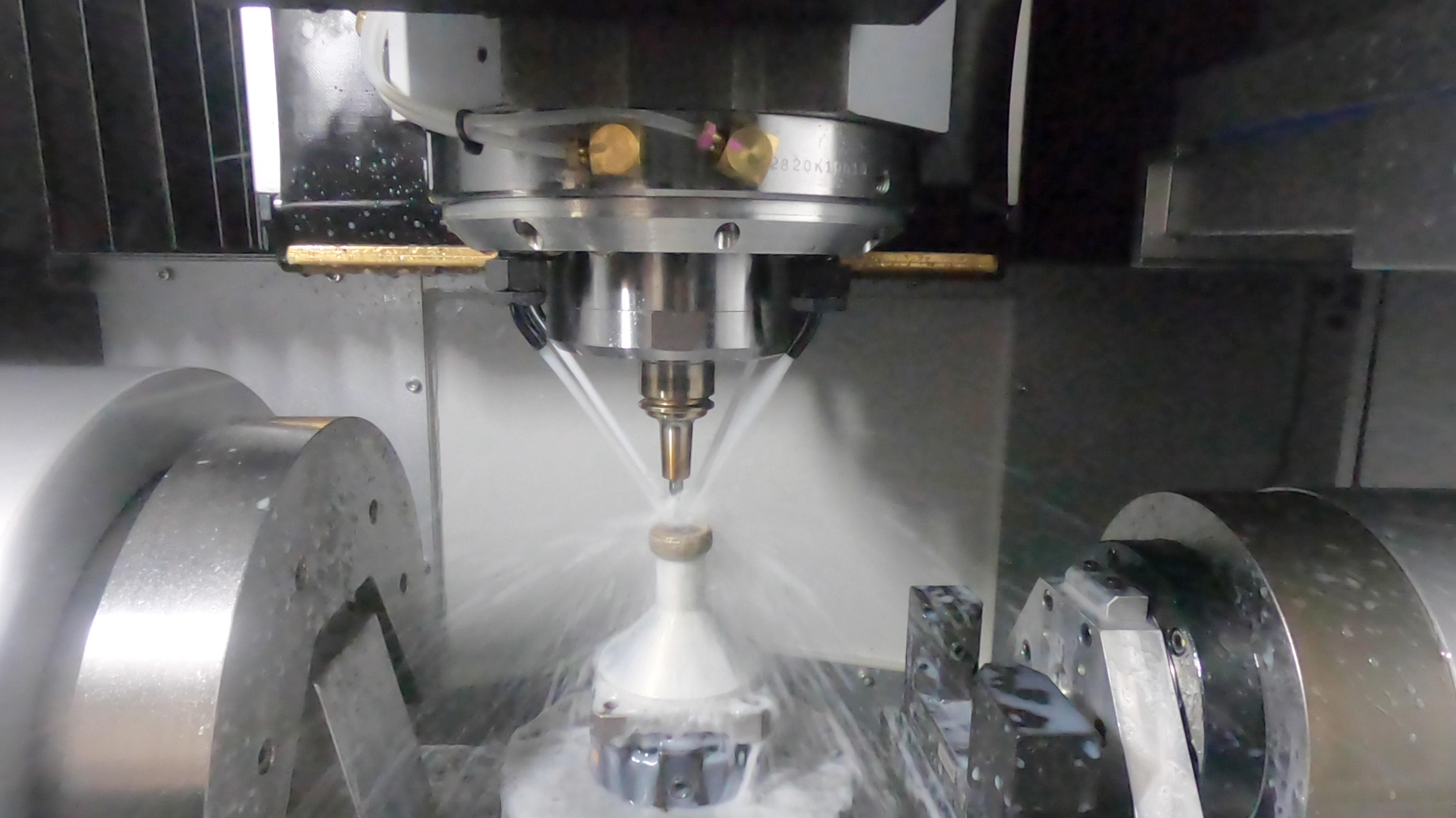
Quick Re-Cap On CNC Casting And Its Disadvantages & Challenges
Casting is a very common traditional manufacturing method used to make complex shapes that would otherwise be very difficult or uneconomical to make by other methods. it can be used across a wide different variety of volumes as well as part sizes. Casting is good for both small parts and very large parts. everything from small volumes between one and ten to very high volumes like thousands of parts each.
Traditional manufacturing like casting carries some challenges with it. those challenges have some negative implications. it has very long lead times, 8 to 14 weeks for the first castings to come back from the foundry. usually, that is due to the tooling, for each different geometry you want to make, you have to have molded and do the wax injection, and if you’re doing die casting, you have to have these hard tools made that takes a very long time and require highly skilled labor. associated with those tools, also comes with lots of non-reoccurring engineering costs, both in the design of that tooling as well as the fabrication. when you’re doing the casting process, it’s a relatively industrial process. for most engineers manufacturers, casting is not something you’re going to be doing in-house yourself. if you’re a designer, there’s often quite a bit of distance between where you’re doing the actual casting and the parts being designed, which leads to some logistical challenges as you can imagine.
What Are The Results Of These Challenges?
From the day the design is approved to the parts are being produced, there are months of the gap between those two states of design. there is also lots less design iteration because once the design is finalized, you can’t make any changes to that casting, otherwise, you’re going to have to restart these long lead times associated with tooling. oftentimes, you’ll have to sacrifice your design optimization to get the ease of manufacturing. this is commonly referred to as bending to the will of your manufacturing method, where you’re more worried about is this going to be able to be cast affordably efficiently than is this the optimized geometry for your application. with a lot of traditional manufacturing methods, there’s this need for high quantities to amortize your tooling costs. you can’t justify these lower volumes with some casting methods, because you need to offset that very high cost that you invested in that tooling.
These challenging results are true for almost all traditional manufacturing methods, whether we’re talking about machining or powder metallurgy, these same challenges & results carry weight in a lot of traditional manufacturing methods.
How Can Metal 3D Printing Assist Your Traditional Casting Methods?
When we talk about metal 3D printing as a complement to casting, we’re more talking about lower volumes. things like replacement parts, pilot runs, maybe some specialized orders where you need to have a new geometry, even things like prototyping but now we’re doing it in metal. we’ll look at a few examples of this explain how metal 3D printing can add value when you’re talking about lower volumes when you’re complementing casting.
1.Prototyping/Pilot Runs
Prototyping is the most common application for 3D printing, especially in plastic 3D printing. prototyping in performing fit, we can functionally test our components. we can print functional metal parts during the development stage of the production to validate our design before placing our casting order. we can do things like testing our parts under high loading, high heat, corrosion environments to understand how our geometry is going to perform rather than does it fit into my machine. we refer to this as functional prototyping, this wall adds lots of value because now we’re able to understand how our geometry performs if it’s optimized before setting it off to be mass-produced.
2.Replacement Parts
Many parts have these lifetime service agreements, where you’re guaranteeing your customers’ replacement parts for the entire life that machine or geometry is in service. companies either need to warehouse these components or they need to keep manufacturing lines running or they have to look for a new manufacturing alternative so that they can ensure that their customers are always having access to these parts. CNC 3D printing is an excellent alternative because we’re able to do what’s called a digital warehouse or a digital inventory, rather than having to store hard goods and store tooling to potentially make these geometries that we haven’t made in many years when a customer needs a replacement. all you have to do is pull a file, throw it on the printer in a couple of days, then it’ll be ready to send it out to the customer as a replacement.
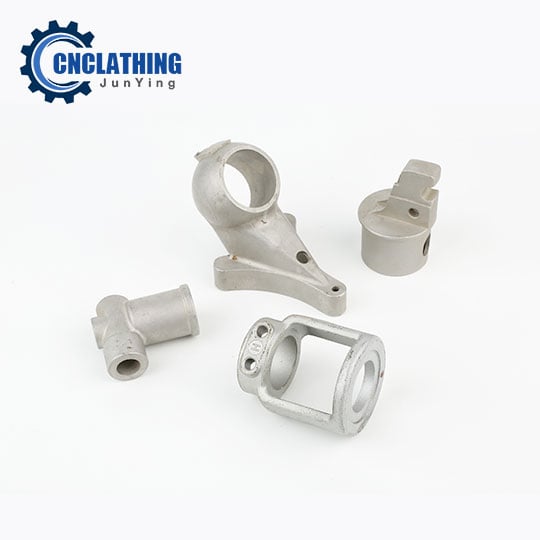 Investment Casting vs. Sand Casting: Progress, Material, Surface Finish, Dimension, Cost Differences
Investment Casting vs. Sand Casting: Progress, Material, Surface Finish, Dimension, Cost Differences
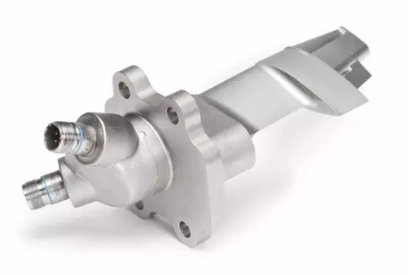 Additive Manufacturing: What Is It, Advantages, How Does Additive Manufacturing Help Aerospace
Additive Manufacturing: What Is It, Advantages, How Does Additive Manufacturing Help Aerospace
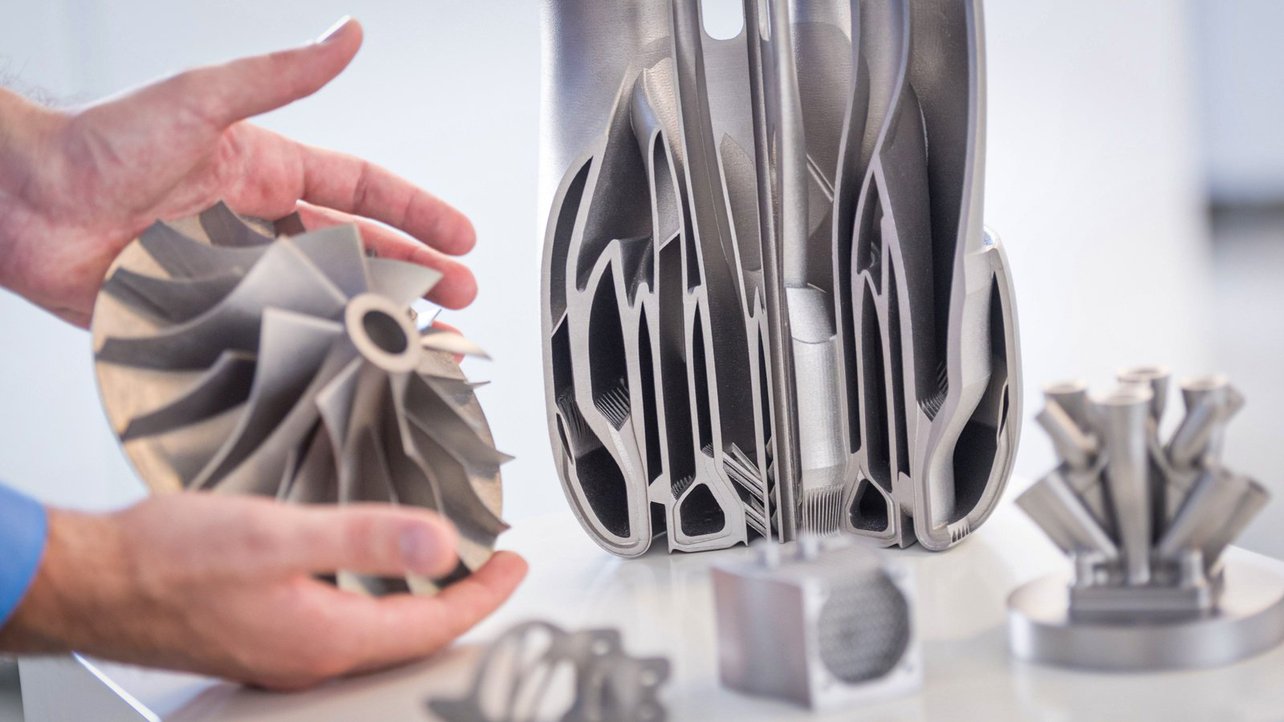 Metal 3D Printing vs. Metal Injection Molding – The Differences Between Additive Manufacturing & Metal Injection Molding
Metal 3D Printing vs. Metal Injection Molding – The Differences Between Additive Manufacturing & Metal Injection Molding
 Spring Material Types (Properties, Grades, Uses) & Best Selection for Your Project
Spring Material Types (Properties, Grades, Uses) & Best Selection for Your Project
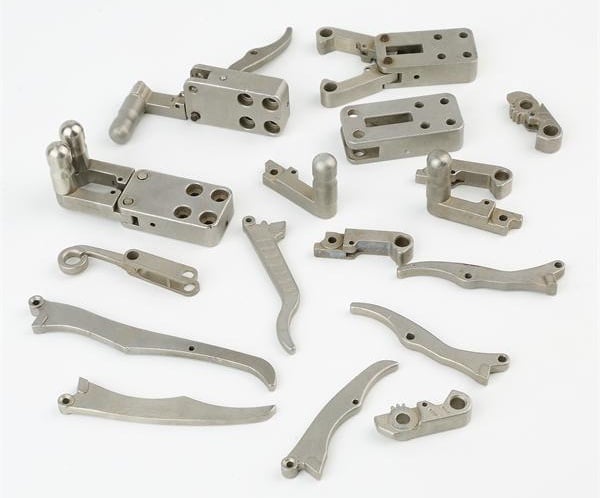 Investment Casting Overview: Principle, Process, Features & Everything About Investment Casting
Investment Casting Overview: Principle, Process, Features & Everything About Investment Casting
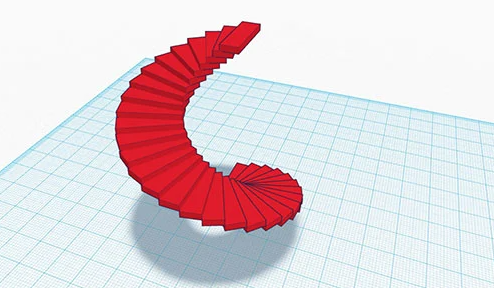 What Software Affects 3D Printing – Netfab, Magics, Dyndrite & More
What Software Affects 3D Printing – Netfab, Magics, Dyndrite & More
